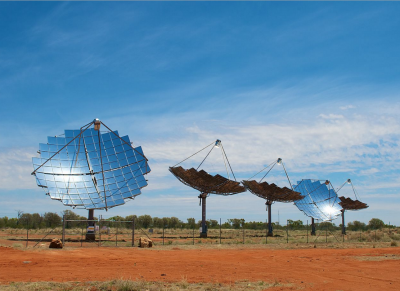

Mining and clean, renewable energy do not share a common ground. Since years mineral extraction has caused environmental devastation in many countries across the world. Profit-driven boardrooms of mining multinationals have seldom prioritized climate change and sustainability considerations. But given the estimated $13.5 trillion commitment to be made for COP21, the global mining sector, which includes bauxite mining fraternity, has to contribute towards the cause of reducing carbon emissions, while addressing the issue related to energy-insecurity.
Mining sector globally consumes 38 percent of industrial energy.
There are only a handful of companies that have taken a step forward in this direction. In Queensland, Australia, Rio Tinto along with Arizona-based First Solar and help from ARENA, outfitted a bauxite mine with an 18,000-panel PV farm. While conserving 600,000 litres of fuel annually, it also shares electricity with a nearby township – a first for both industries.
However, there are not too many players from the bauxite mining industry who have followed suit. The number has to grow significantly.
Last year, the World Bank issued a report calling for mines to serve as “anchors” for power distribution in Africa, where energy poverty afflicts some 600 million people. Despite a slow start, the U.S. government seeks to double energy access in sub-Saharan Africa through renewables and other energy sources with new connections to 60 million households and businesses; since 2013, the global public private-sector initiative has raised $43 billion.
Navigant, a consultancy, estimated in their recent report that alternative energy use by the mining industry will surge to 8 per cent that is $3.9 billion, by 2022, up from 1.8 per cent today. And while no mine is 100 per cent renewable, battery storage breakthroughs, accompanied by solar PV costs having plunged 80 per cent since 2008, mean a fossil fuel-free future is all but imminent.



Responses






